A simple device, hydraulic cylinders are usually made up of two main parts: an outer cylinder barrel containing hydraulic fluid, and a hydraulic piston which is connected to a rod which moves it up and down inside the barrel. Read More…
Here at Metro Hydraulic Jack Co. we manufacture hydraulic solutions for a number of markets including: agricultural, municipal, construction, mining and transportation. Our company has an extensive history of engineering success. If you are unsure what hydraulic products are best for your task then just let one of our representatives know your application and we can handle the rest!

At Hyseco Inc., we specialize in providing high-quality hydraulic motors and related solutions designed to meet the diverse needs of industries that demand reliable, efficient power. Our extensive experience allows us to offer a range of hydraulic motors that deliver optimal performance, whether in demanding industrial applications or precision-driven processes. We take great pride in our ability ...

Hader Industries, Inc. offers a variety of pumps, motors, valves, cylinders. We're your one stop for after market hydraulic services. We also offer machining, re-chroming, honing, fabrication, and many other services. Outstanding customer service is our goal, we're here to provide solutions for your needs. Call or visit our website today for more information.

At International Fluid Power of America, we take pride in delivering hydraulic solutions that keep industries moving with strength and precision. Our expertise centers on hydraulic pumps, which we design, supply, and support to ensure optimal performance in demanding applications.

More Hydrolic Cylinder Manufacturers
The distance that a piston travels with the cylinder until it is fully extended is known as its stroke. The length of a stroke is often used to classify the cylinder and this length can range widely from less than an inch to several feet in length in relation to the power required.
Hydraulic cylinders are used commonly in automobiles in the transmission, brakes, steering, in aviation, industrial and construction machinery for example as excavators. Hydraulic cylinders are typically one of two types: tie-rod cylinders or welded cylinders. Both systems are similar in that the outer cylinder barrel is typically made of steel or aluminum, and the maximum pressure that the cylinder can sustain is directly related to the maximum output of the hydraulic cylinder.
They can be single-action or double-acting designs depending on whether a cylinder's piston produces pressurized motion in one direction or in both directions. The piston is located inside the barrel housing and is commonly chrome-plated to prevent any deterioration due to wear and tear or corrosion.
Most often, the hydraulic fluid used in a cylinder is an oil. This will need to be periodically replaced or refilled as it is affected slowly by the process of pumping the piston. Other hydraulic systems use water as the motion fluid which is less expensive than hydraulic oil, and does not result in pollution, making water hydraulic cylinders an environmentally friendlier solution. There are a number of factors to consider regarding hydraulic cylinders such as the maximum power, the mounting and configuration setup of the machine itself in relation to elements to be worked on, the materials used in the cylinders and the stroke itself.
As the motion produced by the pressure inside hydraulic cylinders is linear, the machine components should not be placed under any indirect tension or strength as it may cause damage to the parts which would result in loss of pressure, and therefore loss of power. To ensure the best results from the machine, the cylinders should only be used for pushing and pulling. Hydraulic cylinders range in price according to their capabilities but are an investment at any size. However, due to the potential power output of even a small hydraulic system, the paybacks are often satisfactory.





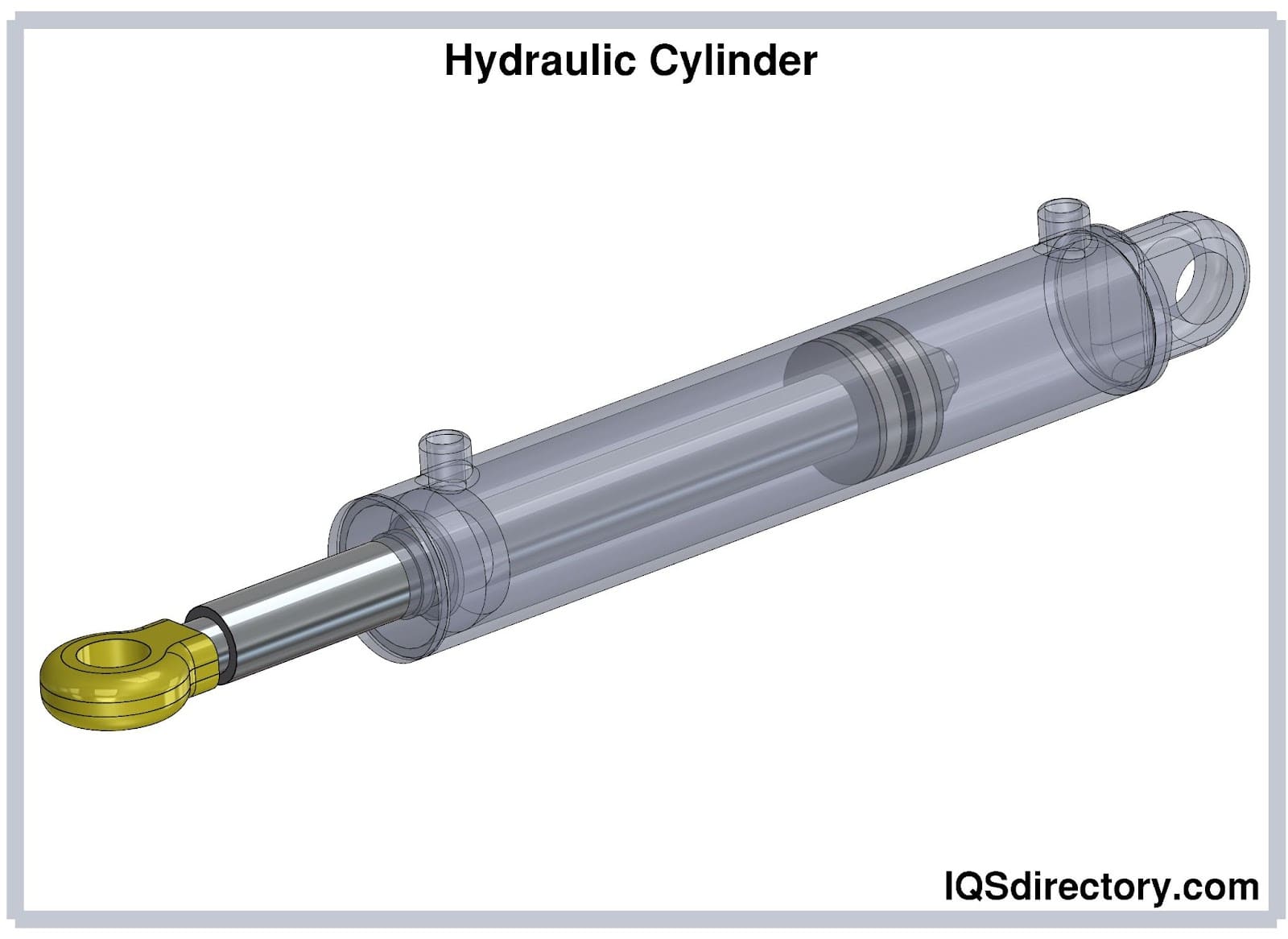
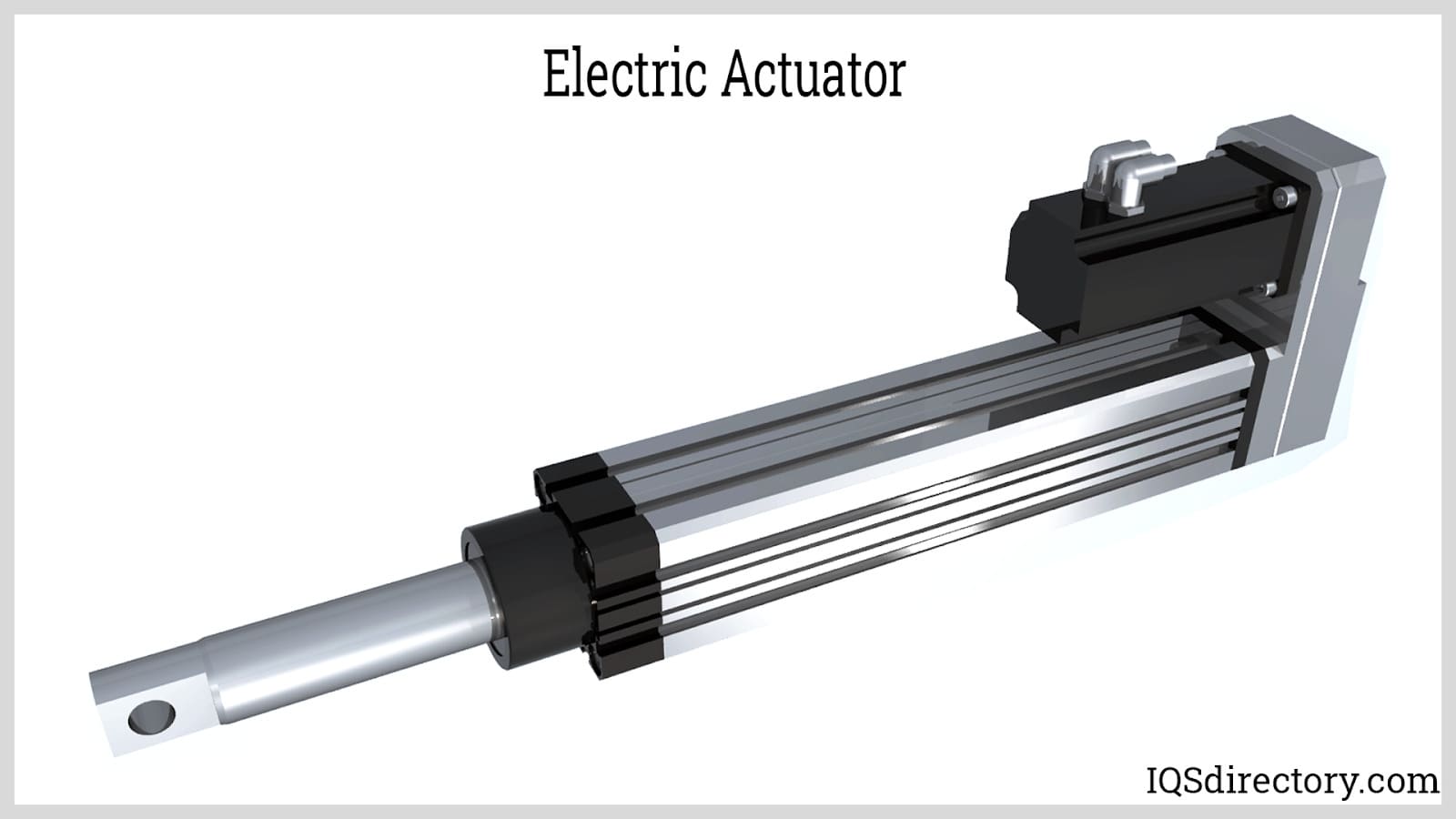
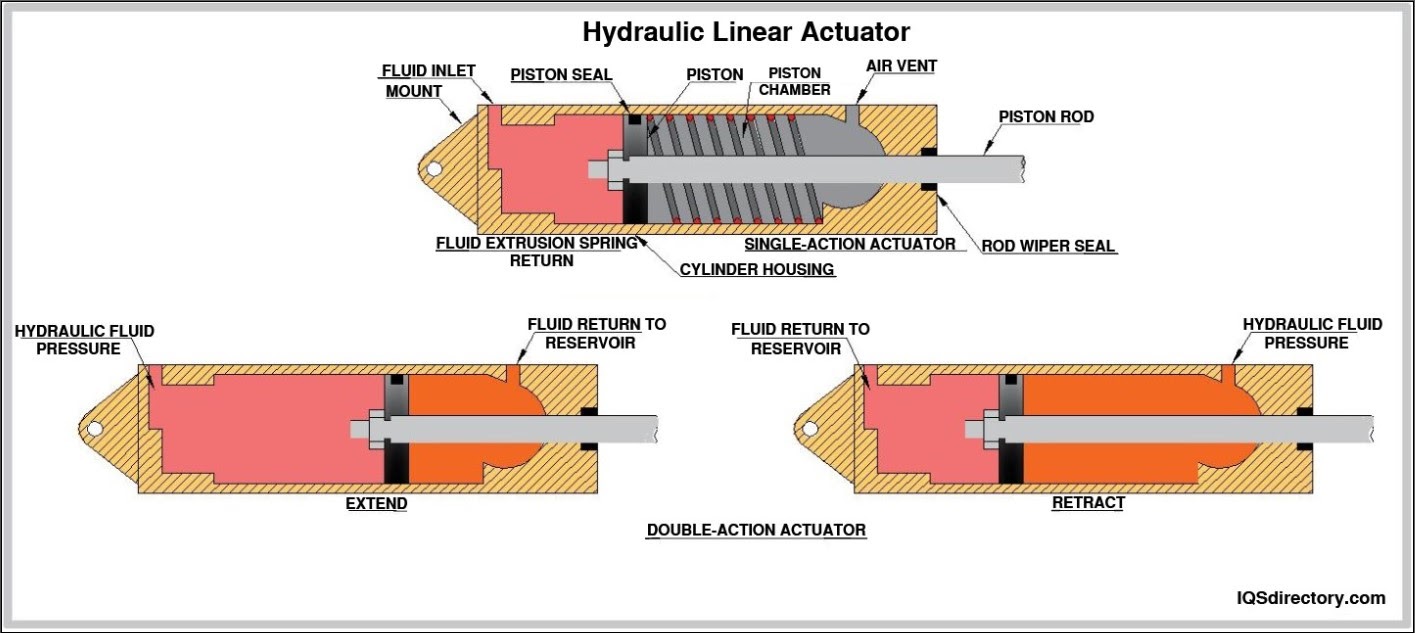
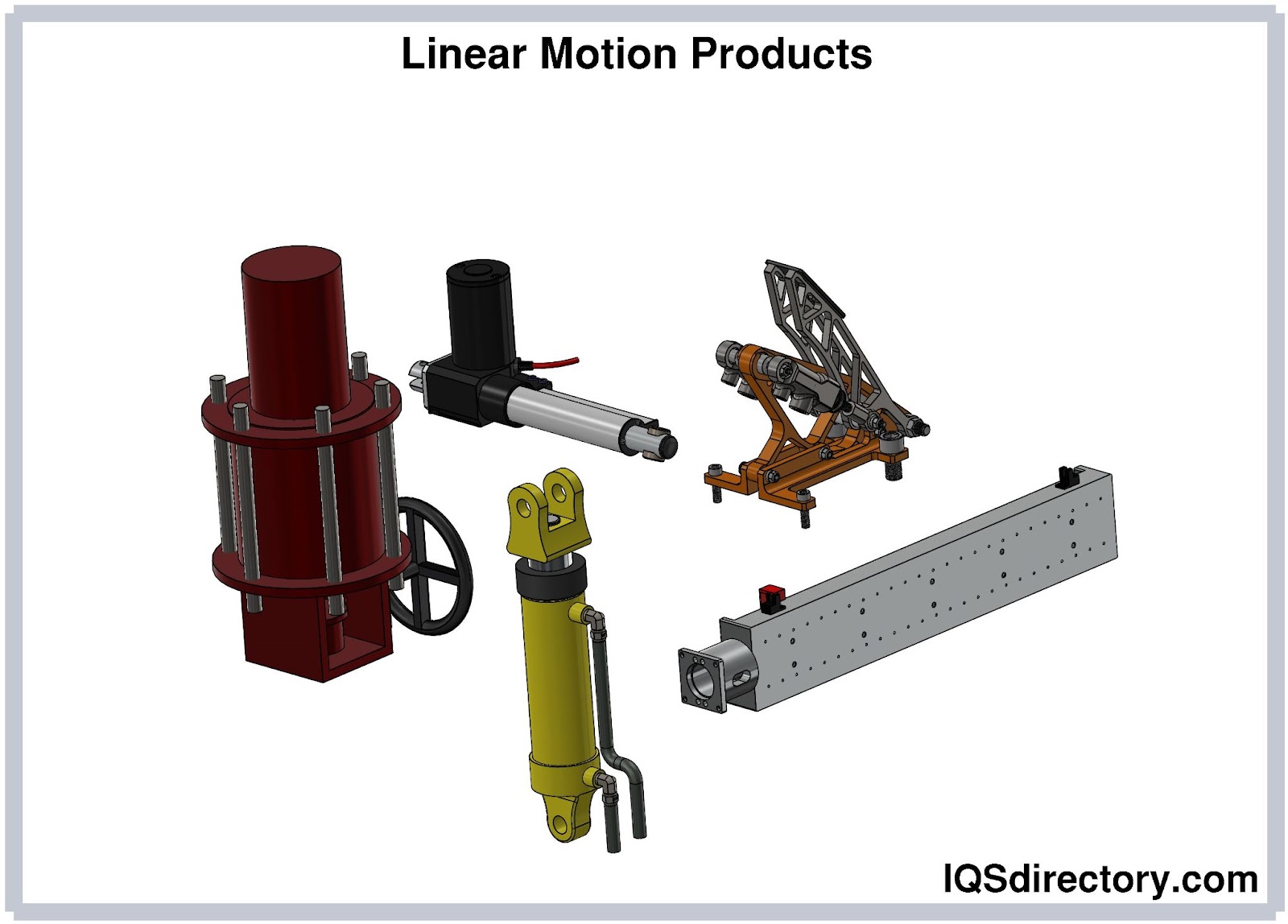
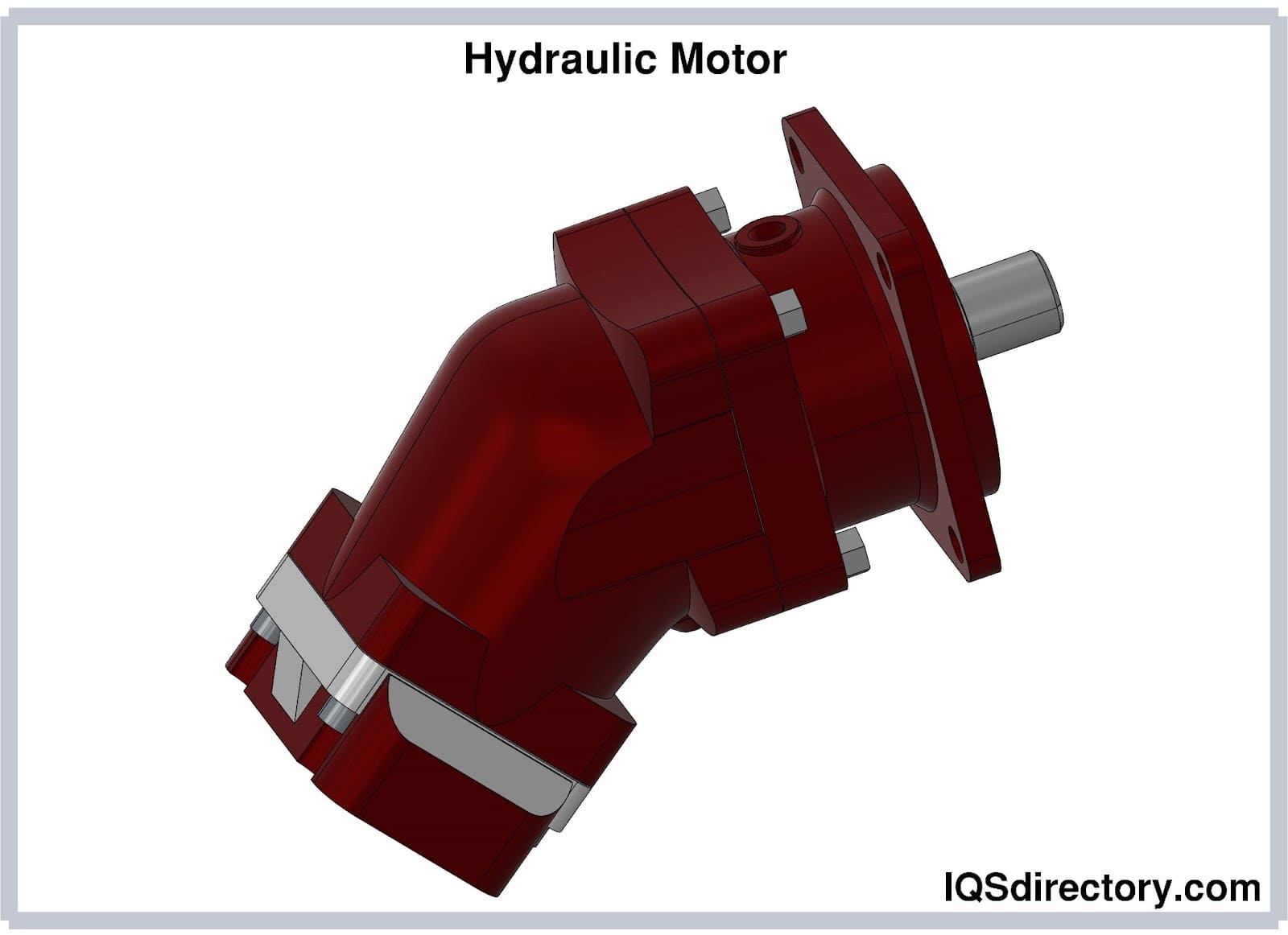
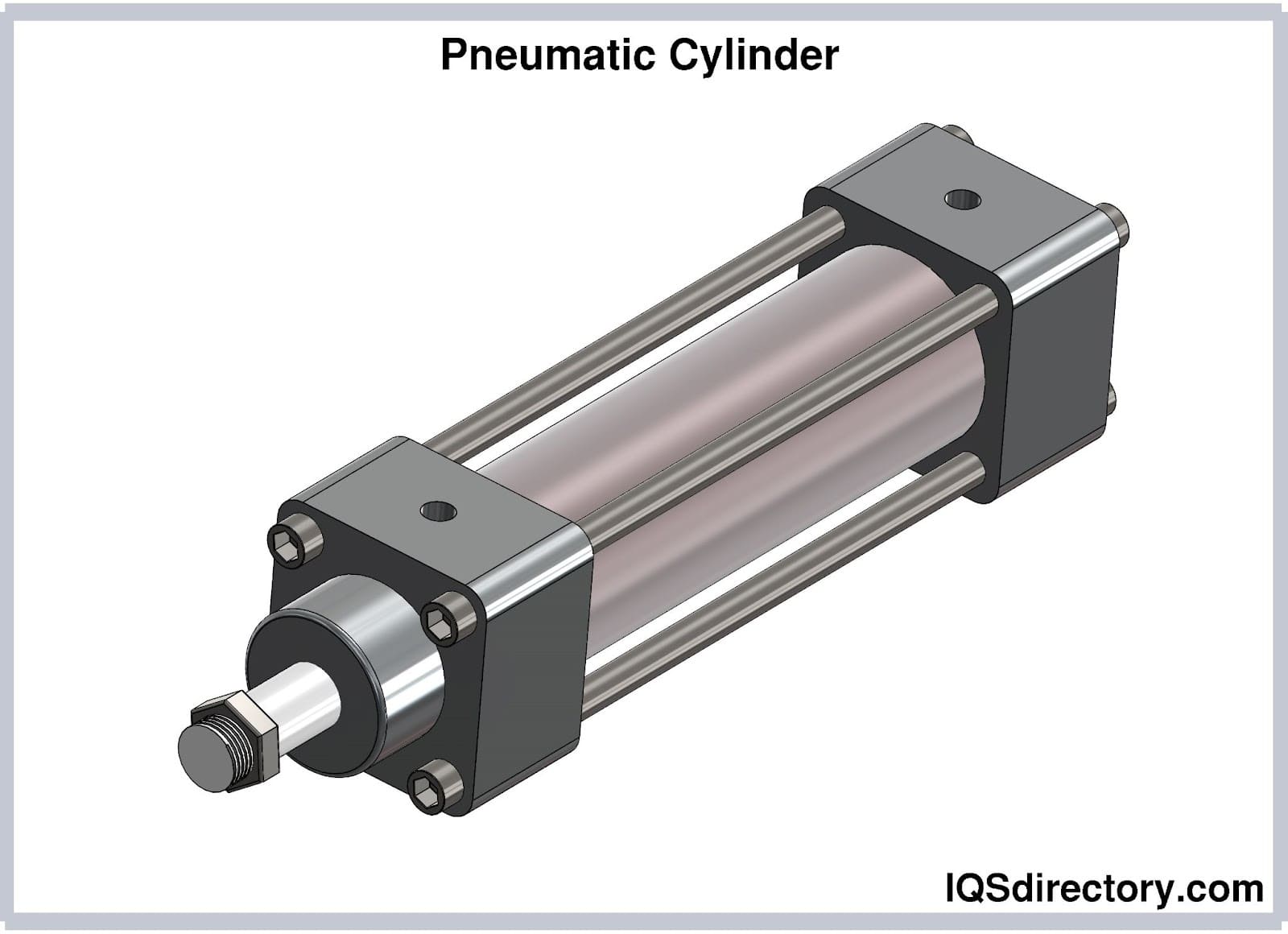
 Hydraulic Cylinders
Hydraulic Cylinders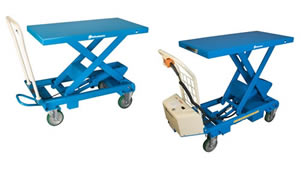 Hydraulic Lifts
Hydraulic Lifts Hydraulic Motors
Hydraulic Motors Hydraulic Presses
Hydraulic Presses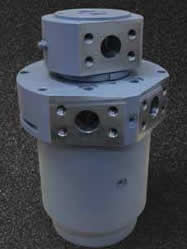 Hydraulic Pumps
Hydraulic Pumps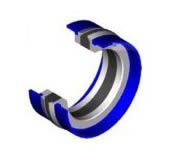 Hydraulic Seals
Hydraulic Seals Hydraulic Valves
Hydraulic Valves Castings & Forgings
Castings & Forgings Bulk Material Handling
Bulk Material Handling Electrical & Electronic Components
Electrical & Electronic Components Flow Instrumentation
Flow Instrumentation Hardware
Hardware Material Handling Equipment
Material Handling Equipment Metal Cutting Services
Metal Cutting Services Metal Forming Services
Metal Forming Services Metal Suppliers
Metal Suppliers Motion Control Products
Motion Control Products Plant & Facility Equipment
Plant & Facility Equipment Plant & Facility Supplies
Plant & Facility Supplies Plastic Molding Processes
Plastic Molding Processes Pumps & Valves
Pumps & Valves Recycling Equipment
Recycling Equipment Rubber Products & Services
Rubber Products & Services